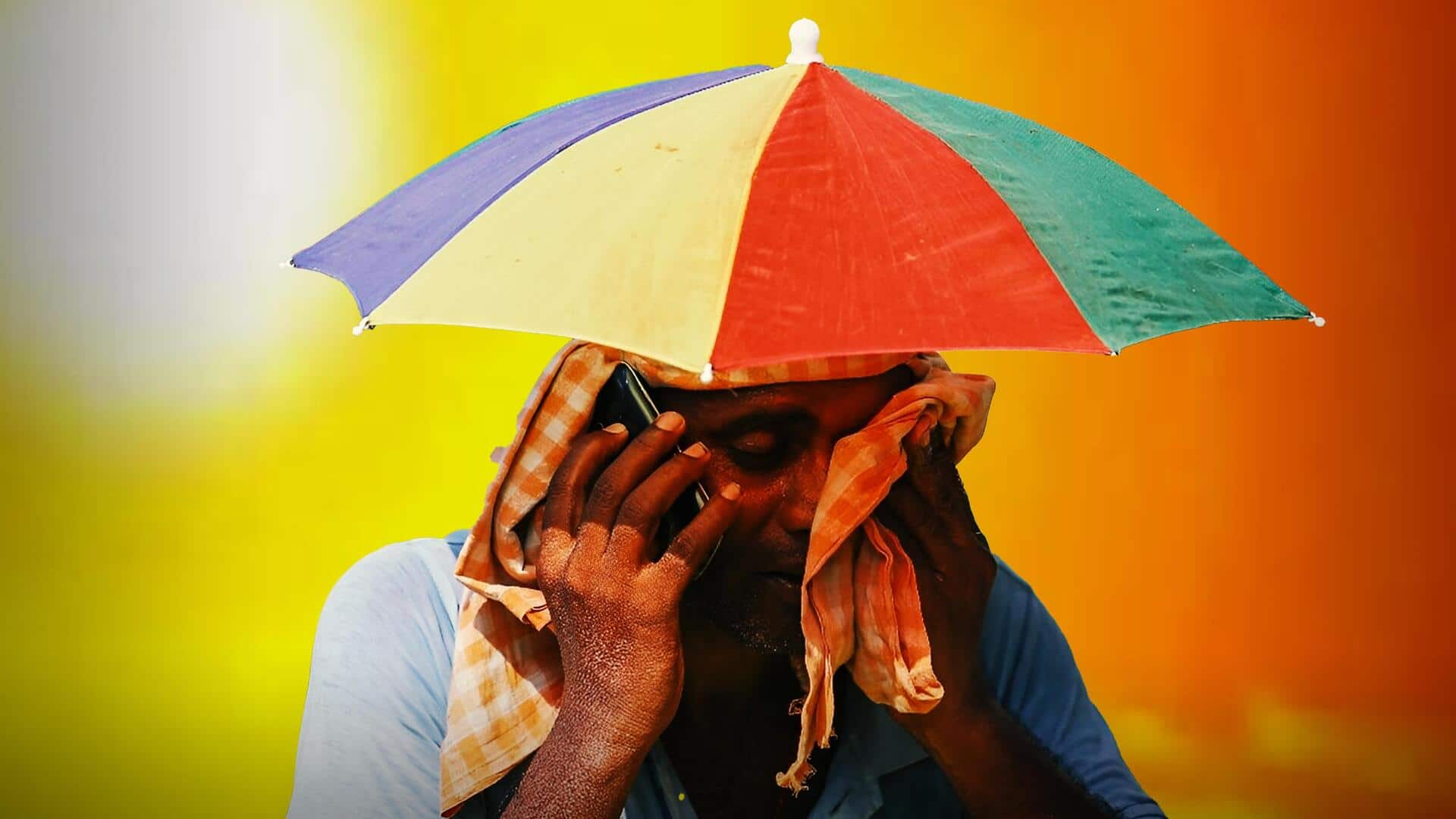
Explained: Why Indian city temperatures are reaching unprecedented highs
What's the story
Metropolitan cities in India have seen record-breaking temperatures in May, June, and July over recent years. Currently, the north and central parts of the country are battling a severe heatwave. On Wednesday, areas in Delhi and Rajasthan reported temperatures exceeding 50 degrees Celsius. Though temperatures dropped to 41.8 degrees Celsius after evening showers yesterday, the extreme weather is expected to persist for a few more days. Why are Indian cities getting so hot?
Urban heating
Urban heat-island effect amplifies city temperatures
The phenomenon of cities being significantly warmer than the surrounding rural areas is likely due to the "heat-island effect." This happens when urban regions—due to human activities, infrastructure—record higher temperatures as they absorb and retain heat more effectively than natural landscapes. However, this is not a localized issue; rising temperatures are a global concern. Scientists partly attribute this heat to the El Niño effect—which alters global weather patterns and causes unusually warm ocean temperatures in parts of the Pacific Ocean.
Climate patterns
El Nino's role in rising temperatures and anticipated relief
According to reports, the current El Niño cycle, which began in 2023 and is expected to last until June, is partly responsible for the excessive heat. However, relief from the extreme summer heat is anticipated as El Niño weakens and La Niña takes effect. Characterized by the cooling of Pacific Ocean waters, La Niña brings widespread changes in weather patterns. It is predicted that India will experience a good monsoon once La Niña sets in.
Weather forecast
'Above normal' monsoon predicted this year
The India Meteorological Department (IMD) has predicted an "above normal" monsoon rainfall during the June to September rainy season which is crucial for rain-fed agriculture. For the 2024 monsoon season, normal or above rainfall is predicted over Kerala, Karnataka, Tamil Nadu, Andhra Pradesh, Telangana, Maharashtra, Gujarat, Madhya Pradesh, northern regions of Jharkhand, Chhattisgarh, West Bengal, Sikkim and Assam, Bihar, Uttar Pradesh, Rajasthan, Delhi, Haryana, Punjab and Uttarakhand.
Health impact
Heatwaves and health risks
Notably, heatwaves, triggered by changes in our atmosphere and oceans, can cause severe heat stress in our bodies. Dry heat stress occurs when temperatures rise but humidity remains low, making it difficult for the body to cool down through sweating. This can lead to dehydration and other health-related concerns. A recent study by the IMD said that a 30% increase in heat stress cases from 1980 to 2020 due to rising temperatures coupled with humidity in India.
Information
Economic impact of heat stress
A World Bank report predicts that by 2030, heat stress could lead to a global loss of 80 million jobs due to decreased productivity. According to reports, India could potentially bear the brunt of these job losses with an estimated 34 million jobs at risk.